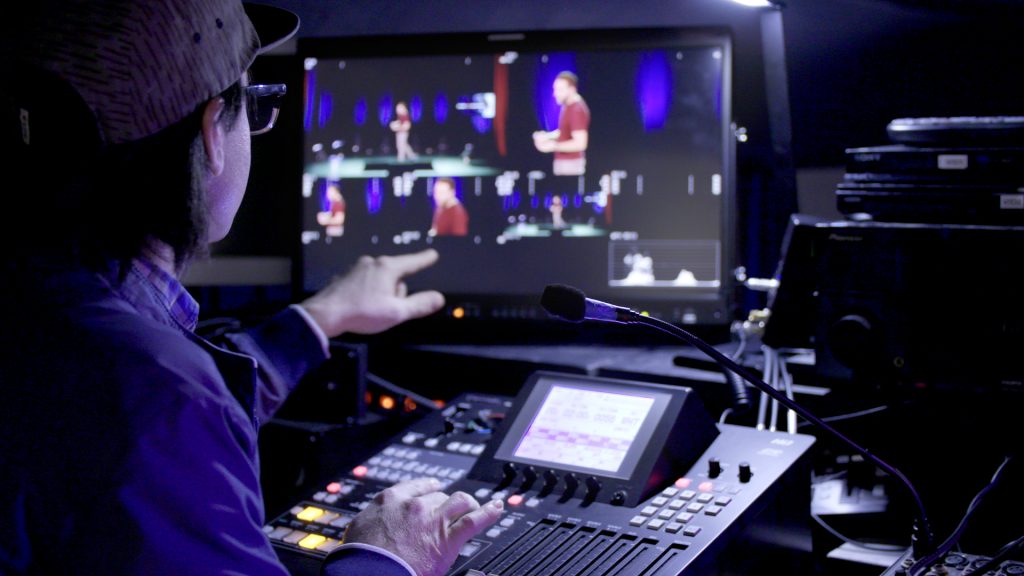Revolutionizing Audience Interaction Via Immersive Virtual Reality Encounters in Real-time Performances
Revolutionizing Audience Interaction Via Immersive Virtual Reality Encounters in Real-time Performances
Blog Article
In the past times, virtual reality has become a powerful instrument for boosting viewer engagement in live productions. This innovation enables viewers to immerse themselves in a three-dimensional environment, crafting a distinct experience that traditional formats cannot replicate. By utilizing VR, producers can transport audiences into the heart of the performance, causing them sense as if they are integral of the show. This groundbreaking method not just enchants audiences but also unlocks new opportunities for storytelling and interaction.
One of the key advantages of using VR in live productions is the ability to create a more interactive experience. Audiences can engage with the performance in real-time, influencing the outcome or exploring different perspectives. For example, in a theater production, audiences using VR goggles can select to follow specific roles or scenes, allowing them to tailor their experience. This degree of engagement fosters a more profound bond between the viewers and the show, rendering it even memorable and impactful.
Moreover, VR technology can enhance the visual and sound aspects of a live production. With high-quality graphics and sound event safety protocols engineering, producers can create breathtaking settings that attract audiences in. This immersive quality can raise the complete encounter, rendering it even more captivating and enjoyable. For example, a musical performance can be converted into a multi-sensory experience, where fans feel as if they are standing in front with the artists. Such improvements not just attract bigger audiences but also promote return viewing, as audiences look to re-experience the excitement.
In addition improving viewer engagement, VR can also provide valuable data for creators. Through analyzing how audiences engage with the digital setting, producers can collect data on audience preferences and behaviors. This data can guide upcoming productions, helping to customize content to better meet the demands and wants of the viewers. As a consequence, VR not just enriches the present encounter but also contributes to the development of real-time performances as a complete entity.
With the advancements progressing to evolve, the potential for VR in real-time productions is vast. Ranging from theater and concerts to sports events and festivals, the possibilities are endless. Through adopting this cutting-edge approach, producers can revolutionize the way viewers engage with real-time entertainment. As more creators explore the integration of VR, it is likely that we will witness a change in how shows are crafted and delivered, ultimately leading to a greater immersive and participatory future for live performances.